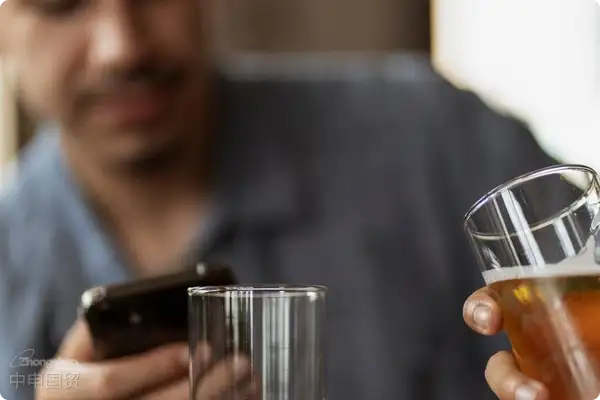- Shanghai Zhongshen International Trading Co., Ltd. – Your reliable partner with 20 years of import/export agency service expertise.

Don't let the "easy money" slogan catch you off guard.
Over the past three years, out of the 17 beer import projects I've handled, six clients approached me for consultation after seeing those "monthly earnings of a million" recruitment ads on TikTok. What they didn't know was that behind these glamorous cases lie a 5-yuan-per-liter consumption tax on customs declarations, label rectification periods that often take months, and up to 30% losses due to products nearing expiration. Today, we'll dissect the true anatomy of this industry with a scalpel.
Access Qualifications: More Than Just a Business License
Last year, we assisted a German beer brand in revising their materials three times before they finally passed the filing process. The core issue stemmed from two documents that many people tend to overlook:
- Official sanitary certificate from the country of production: Must include yeast strain identification report
- Filling date certificate: Production batch records with precision down to the hour
Here's a practical tip: Before signing the agency agreement, always ask the foreign manufacturer to provideEmpty bottle sample. We once encountered a Belgian craft beer brand whose embossed bottle design made it impossible to fully attach the Chinese back label, resulting in the entire shipment being stranded in a bonded warehouse for 45 days.
The devil is in the details of customs declaration operations.
The following comparison table explains why the same cargo value can result in different costs:
| Project | Regular Declaration | Optimized Solution |
|---|---|---|
| Commodity classification | 22030000 (10% tariff) | Apply for craft beer certification (8% tariff) |
| Logistics solution | Large - quantity importsMaritime transport(60 days) | China-Europe Railway Express+Cold chain distribution (35 days) |
| Tax payment | Full prepayment | Tariff Guarantee Insurance + Batch Verification |
Special reminder: Please pay attention.Declaration error of malt degree: A batch of Czech beer was required to be returned by customs due to laboratory tests showing an original wort concentration of 12.3°P (declared as 12°P). This ±0.5-degree threshold is a common pitfall for many newcomers.
Dimensionality reduction strike in channel construction
We have served an Australian brand by implementing a "Three-line Penetration" strategy when entering the East China market:
- first-tier cities:Signed with premium supermarketsConsignment Agreement,bearing 15% of the near-expiry loss
- third- and fourth-tier cities: DevelopmentJointly-branded customization for hot pot restaurants, Pre-digestion of 60% inventory
- E-commerce channel: Design330ml tasting sizeAvoid the pressure of full container sales
This series of measures has reduced their average inventory turnover days from 87 to 41, with the key being the transformation from the traditional "passive wholesale" model to "precision irrigation."
The Tuition Fees We Paid Over the Years
Finally, here are three real-life case studies to share:
- due to the special bottle shape of Belgian abbey beer: Due to the lack of an authorization letter from a religious organization, goods worth 200,000 were seized by customs.
- Japan-exclusive Sakura BeerThe limited-edition holiday product missed the customs clearance deadline, and its market value halved after the cherry blossom season ended.
- American Craft IPA: No transportation vibration test was conducted, resulting in 30% of the bottle cap seals failing upon arrival at the port.
Importing beer as an agent is never a simple "brick-moving" business—it requires the precision of a customs declarant, the palate of a sommelier, and the strategy of a market operator. Only when you truly understand the 240-hour international journey behind each bottle of beer can you earn your ticket into this industry.
Related recommendations
- 如何避免整柜紅酒清關(guān)的五大隱患?
- Is it easy to be an export red-wine agent? A 20-year veteran foreign-trade insider gives an in-depth analysis
- How to Choose a Compliant Export Wine Agent? 2025 Latest Policy Interpretation
- Shanghai Red Wine’s Export Code: Foreign-Trade Wisdom Aged in Oak Barrels
- How to Quickly Launch a Wine Export Agency Business? These 9 Key Questions Must Be Mastered!
? 2025. All Rights Reserved.










